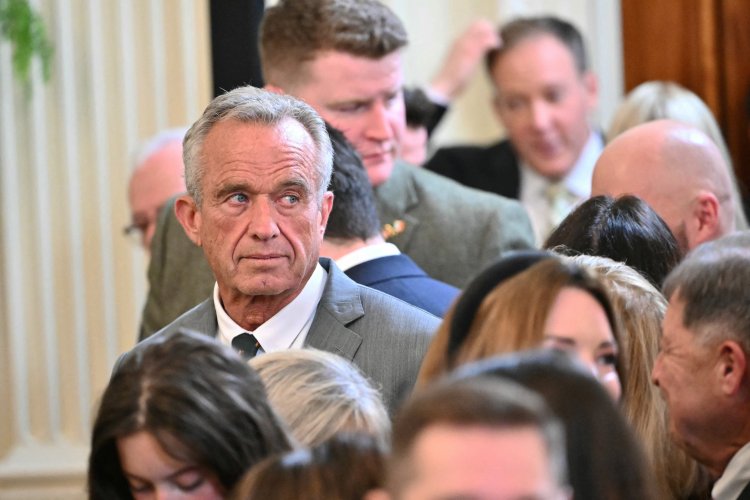RFK Jr. Claimed HHS Would Rehire Thousands of Dismissed Employees. This Was Incorrect.
The health department currently has no intentions of mass reinstating employees who were laid off earlier this week.

However, it seems that was not the case at all.
According to a source familiar with the department's intentions, HHS has no plans to reinstate a significant number of the staff dismissed in a mass reduction-in-force on Tuesday. Despite Kennedy’s claims that some were mistakenly let go, the reality is quite different.
The layoffs resulted in approximately 10,000 job losses across HHS, severely impacting various public health offices and leading to the dismissal of prominent senior scientists from the Food and Drug Administration and National Institutes of Health. This occurred in the wake of an earlier round of cuts, whereby another 10,000 individuals had already left the department through early retirement and voluntary separation programs promoted by the Trump administration.
Kennedy previously deemed the cuts necessary to refocus and enhance HHS, albeit acknowledging it was a “difficult moment.” Yet, on Thursday, he seemed to suggest that some of those dismissed would be reinstated.
“Personnel that should not have been cut were cut — we’re reinstating them, and that was always the plan,” Kennedy mentioned, indicating that officials from the CDC responsible for monitoring lead exposure levels among children would be among those returned. “The part of that, DOGE — we talked about this from the beginning — is we're going to do 80 percent cuts but 20 percent of those are going to have to be reinstalled because we'll make mistakes.”
Contrary to Kennedy’s assurance, however, his team had no intention of reinstating anywhere near 20 percent of the dismissed workers.
“No such plan is in the works,” the informed source said, requesting anonymity as they were not authorized to speak publicly.
An HHS spokesperson opted not to comment.
This ongoing situation represents another challenge for an HHS workforce that has been demoralized by the mass firings, leaving thousands suddenly jobless and their remaining colleagues unsure about who had been let go and how it would impact the department's operations.
At the FDA, some leaders have requested former staff members to continue working temporarily while the agency navigates the transition. In other divisions, remaining employees have had to take on the workloads of their departed colleagues or consider shifting jobs to fill new vacancies, according to current and former staffers.
The resulting chaos has intensified worries about HHS's efficiency under Kennedy's guidance, leading to criticism from public health experts and industry stakeholders, as well as concerns that the cuts will undermine the nation’s preparedness against various health threats.
“It’s been very difficult for people to understand and emotionally process,” stated Erik Svendsen, who until recently led the CDC Division of Environmental Health Science and Practice that included the lead monitoring team referenced by Kennedy. “With all of us gone, there’s no one who can do this work.”
Navid Kalantari for TROIB News












